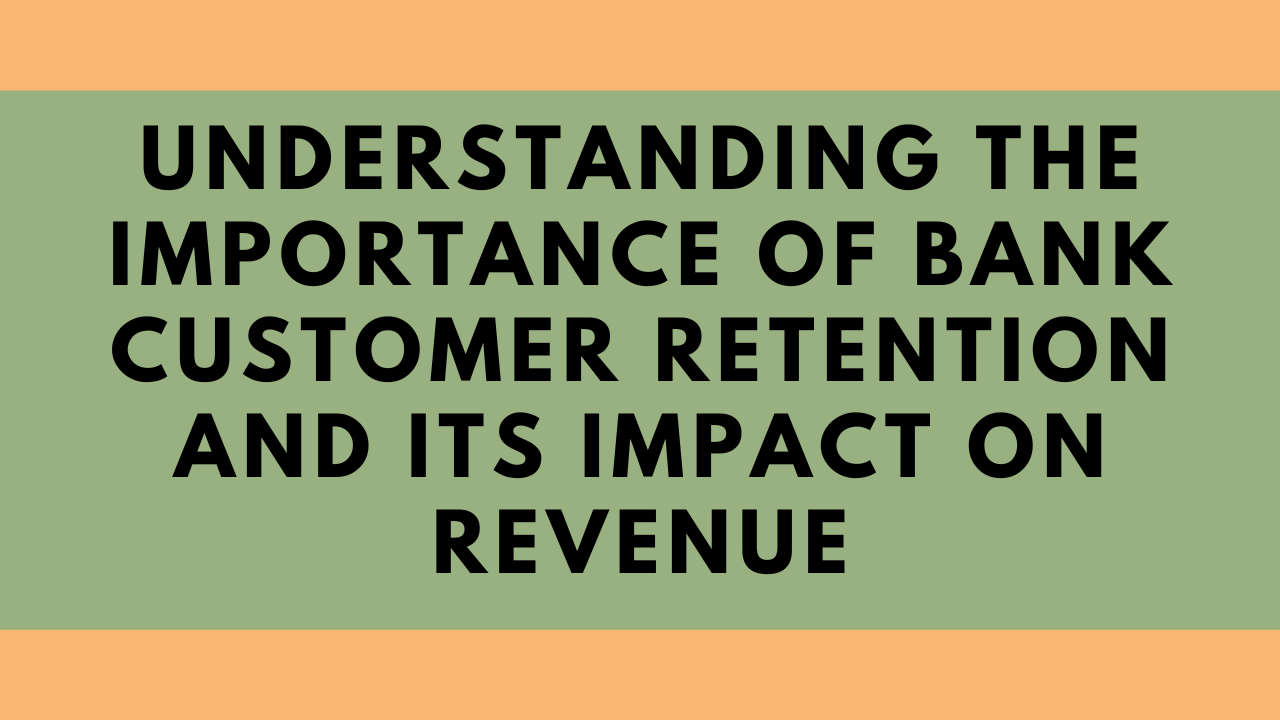Marketing has had a significant shift throughout the years. Understanding what customers want is not enough anymore, especially as social media platforms become powerful for marketing strategies. It is then that competitor analysis comes in handy, as they allow you to do thorough research on the market and its conditions instead of basing your marketing strategies on just one factor; however, this does not mean understanding customers is not as vital.
Suppose you want to do a successful competitor analysis. In that case, you will learn everything you need to know about it, from what it is, to why it is so beneficial to utilize them in your marketing strategy here.
What Is a Competitive Analysis?
A competitive or competitor analysis is a process in which you must identify and conduct research on your competitors to get acquainted with the marketing strategies they might be using.
One of the most known competitor insights models belongs to the American Academic Michael E. Porter, writer of the book Competitive Strategy: Techniques for Analyzing Industries and Competitors. The book was published in 1979. There, Porter talks about the Five Forces Model. This model is used to measure a competitor’s intensity and attractiveness as well as how profitable a market or industry is.
Of course, there are some downsides to this model. Since it was created almost five decades ago, the model could be an outdated form of analysis. At the time, Porter could not have known how globalization would impact our lives in every aspect.
Similarly, the SWOT analysis, which stands for strengths, weaknesses, opportunities, and threats, is another model used to conduct competitor insights. As its acronym says, it offers the possibility to study a business based on those aspects. The credits of this analysis model belong to Albert Humphrey, an American business and management consultant.
Even though these models are staples in competitor analysis, marketers have had to adequate them for the current ways and pace of living. Nowadays, digital marketing is a crucial tool for the success of a business, and learning how to do competitor insights based on things like SEO is vital to get ahead in the marketing world.
How to Do a Competitor Analysis
Having a clearer understanding of what it is, what about how to do it? You want to get actionable insights on your top competitors and see what market opportunities you could implement. Maybe your competitors are using an innovative social media marketing strategy, or they have more outstanding deals and discounts on their products or services compared to competitors. Look at the following items to learn how to do a competitive landscape analysis.
Search for Your Direct and Indirect Competitors
The first step you must take is to know who your competitors are. There are two ways to classify them.
Direct Competitors
Direct competitors are, as the name states, the ones that are within your industry. They offer products and services that customers could choose from instead of what you offer. Furthermore, both companies are based in the same area, both online and offline.
Indirect Competitors
On the other hand, indirect competitors are the ones that offer products or services different from yours but could satisfy the customer’s requirement in any way.
To find your direct and indirect competitors, go to search engines and social media channels and use keywords related to your business. There, you will see how many competitors your company has.
Early bird pricing is a powerful tool for identifying competitors. Offering special rates to early adopters helps gauge market interest and gather valuable insights about the competition.
See What Makes Them Your Competitors
Once you find your competitors, the next step for your analysis is to identify what they are your competitors. Look into crucial information such as the quality of the products or services they offer, what makes them ahead of the competition, and some of their policies. To support this analysis, you can use a proxy unblocker to gather more complete competitive data by accessing region-restricted websites and content that may otherwise be unavailable.
Here are some questions you can ask yourself when pinpointing what must be analyzed:
- What products or services do they offer?
- What are the company’s market shares?
- Is the quality of their products or services a vital decision for customers?
- What are the main characteristics of their customers?
- Do they have a shipping policy?
- Do they have a return policy?
You can also see if they offer discounts or promotions, as this information counts as valuable data for your analysis.
Start a Sales Research on All Competitors
You saw why they are your competitors based on products or services, but what about their sales?
Now, this part of the analysis could be confusing, so take a look at these questions to know what you should consider:
- Is their sales process easy?
- How many locations do they have? Is this an advantage for their sale?
- Are their businesses expanding or cutting down?
- What social media channels do they use to sell?
- What factors stop customers from buying or hiring their products or services?
These questions can help you grasp what your competitors are doing in terms of sales and see what you can do to stand out and step ahead in one of the most crucial processes for any business.
Check Out Their Pricings
When you want to know if your pricing is correct, you can use competitor insights to comprehend your competitors’ strategies.
- How do their prices compare to others?
- If you want to charge an above-average price, why does your product or service stand out in contrast to your main competitors?
- Are their shipping costs high or low? Do they offer free shipping?
- Do they offer discounts? Do they do special sales or events?
You will find that by formulating and answering these questions, it will be easier to keep your competitor analysis on the right track.
Additionally, you can consider sharing your pricing research openly (here is an example). Whether it’s in blog posts, PPC landing pages, or comparison pages on your website, making these comparisons public may help your audience make better decisions. It shows them that you’re transparent and trustworthy, and it sets you apart as a helpful resource. This approach can boost engagement and loyalty from potential customers, especially when you can show that your company offers higher value in relation to how much it costs.
What Do Their Marketing Strategies Look Like?
Here is where you base your competitive analysis on social media, mostly. If you want to take a look at their digital marketing strategies, here is a guide on what to look for:
- Which social platforms are they on?
- Do their posts have a significant response from their target audience?
- Do they use any social media strategy on their platforms? What about paid ads?
- Do they have customer reviews?
- Do they have a high number of followers?
- How elevated is their brand awareness?
- Do they have referral traffic?
In terms of content, you can also look at:
- How frequently do they post?
- Do they use keywords in their posts? What keywords are they using?
- What does the engagement on their posts look like? Do they get a high amount of likes and comments?
- Do they interact with their customers?
- Do they get reviews? Do they respond to those reviews?
- What is the structure of the content? What about its tone?
- Is their content approachable? Is it attractive or fun for customers?
These questions can help you come up with strategic decisions to improve your web pages and social media accounts based on the answers you get.
Implement the SWOT Model Analysis
Here is where you are finally going to summarize the results of your analysis. Think of it as the final step that helps you understand what you are right and what you need to do for your business.
Remember SWOT stands for strengths and weaknesses, opportunities, and threats. Using this model analysis can help you gather all the information you collected and see where you stand compared to your competitors.
You can start this analysis by seeing what tools your competitors use that you could benefit from. You can get a sense of the areas they have weaknesses in, as well as the weaknesses your business has. It is a chance to learn about the opportunities you may be missing and to understand where your brand has an advantage compared to a competitor.
Once you complete the analysis, you will have a tool to increase your brand’s growth and improvement. After you analyze your competitors’ top products or services, and their social media metrics, you can create a pie chart and graphs to show your employees the ways to improve your company.
Benefits of Competitor Insights
The main benefit of competitive insights is the performance of thorough market research. It provides you with the opportunity of knowing your competitors, understand your competitive advantage, and see whether you’re making the right marketing decisions for your company.
Competitor insights can help you identify the areas where your company can improve, uncover why your competitor’s products or services get more traction, and see if their traffic trends are higher than yours. To gather this kind of data more efficiently and avoid detection or access issues, secure datacenter proxies can be used as part of your research toolkit.
Additionally, since you can even see what social conversations around your competitors’ brands look like online, you can target potential customers and see what tools you can use to appeal to the general public.
Frequently Asked Questions
How Often Should I Perform a Competitor Analysis?
Deciding how often you should perform a competitive analysis depends on a series of facts, such as the industry you’re in, the objectives you have for your company, and the resources your company has. However, consider doing this analysis to gain insights at least quarterly or twice a year. It is also favorable to conduct it when there are significant changes in the market.
How Important Are Keywords for Competitive Analysis?
Learning about the keywords your competitors are or are not using is one of the best ways of positioning your brand. These keywords can help you quickly spot the differences in your SEO results compared to other companies.
What Are Benchmarks in Digital Marketing?
Benchmarking is the process of measuring how your business performs against a direct competitor. In digital marketing, benchmarking refers to calculating the performance of a digital campaign created by a business against its direct competitors.
Conclusion
While performing competitor insights might seem like you will spy on your competitors, or copy their marketing strategies; take it as a source of inspiration instead. You mustn’t take the results from the analysis personally, in case they are not as positive as you expected. Remember these are opportunities to improve your company and see how you could differentiate your brand from competitors.














